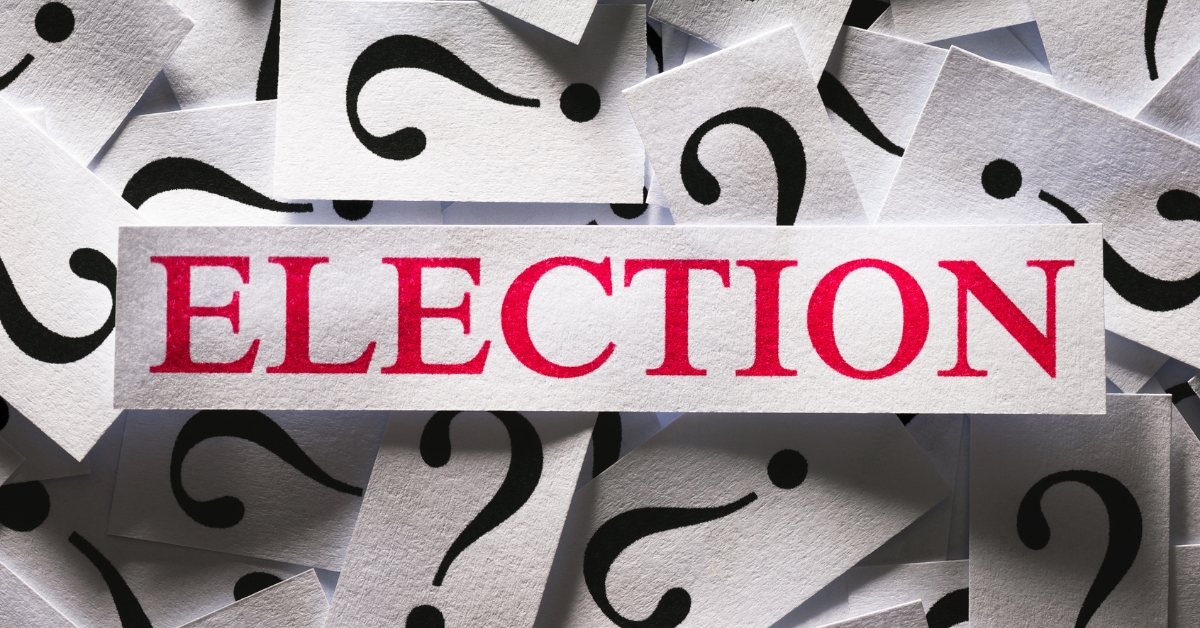Election seasons in the U.S. often come with a barrage of political advertisements—on television, social media, radio, and even streaming platforms. It’s hard to escape them. But why do politicians pour millions of dollars into advertising campaigns? The main reason is simple: visibility wins votes. Candidates use advertising to shape public perception, reach undecided voters, and control the narrative. But the deeper reasons reveal just how strategic and competitive modern elections have become.
1. Building Name Recognition
For lesser-known candidates, especially those running in large states or national elections, name recognition is everything. A voter can’t choose you if they don’t know who you are. Advertising—especially on television and online—helps a candidate get their name and face in front of as many people as possible. According to a report from OpenSecrets.org, over $9 billion was spent during the 2020 U.S. election cycle, a record-breaking figure, much of which went into ad campaigns. This investment reflects the belief that consistent exposure directly boosts chances at the ballot box.
2. Shaping the Narrative Early
Control over messaging is a major part of campaigning. Politicians want to define themselves before their opponents do it for them. By investing in ads early, they can highlight their achievements, lay out policy plans, and connect emotionally with voters before any opposition attack ads begin circulating. For example, Barack Obama’s 2008 campaign spent heavily on hopeful, unifying messaging long before the general election, framing him as a fresh, forward-thinking leader.
3. Targeting Specific Voter Groups
Advertising allows politicians to speak directly to specific demographics. With digital ads, campaigns can micro-target voters based on interests, location, age, and even browsing habits. A candidate might run different messages for suburban parents than for young college students. This level of precision is costly but extremely effective. Platforms like Facebook and YouTube have become critical tools for political strategists, despite recent scrutiny over transparency and misinformation.
4. Countering Opponent Attacks
Another key reason politicians spend heavily on ads is to respond quickly to opposition messaging. Negative ads are common in political campaigns, and a swift response can prevent serious damage to a candidate’s reputation. This kind of reactive advertising requires funds to produce and broadcast messages at a moment’s notice. Without a large advertising budget, candidates risk falling behind in the information battle.
5. Mobilizing Voter Turnout
Beyond persuasion, ads are used to remind and motivate people to vote. Voter turnout can make or break a campaign, especially in swing states or tight races. Politicians use ads to energize their base, promote early voting, and give voters clear instructions on how to cast their ballots. These messages often appear in the final days leading up to the election, where timing becomes critical.
6. Fundraising Momentum
Here’s something people don’t always realize: political ads are also a fundraising tool. Campaigns use ads not only to share messages but to ask for donations. Emotional or viral ads can generate massive contributions online. In 2020, Bernie Sanders’ campaign used ads with strong grassroots messaging to bring in millions in small-dollar donations from individual supporters. The money from those ads often goes right back into buying more ad time.
7. Media Coverage and Amplification
Sometimes, an ad isn’t just meant for the public—it’s created to get covered by the press. A powerful or controversial ad might be picked up by news outlets, extending its reach far beyond the original budget. This “earned media” can be a huge boost to a campaign’s visibility. Political operatives often design ads with this goal in mind.
Conclusion
In today’s fast-paced, media-heavy world, advertising is no longer optional for political campaigns—it’s essential. Politicians spend millions because the return on investment can be decisive. From raising awareness and countering attacks to energizing voters and fundraising, ads serve multiple roles in a winning strategy.
If you found this article informative, feel free to check out our other articles as well.

